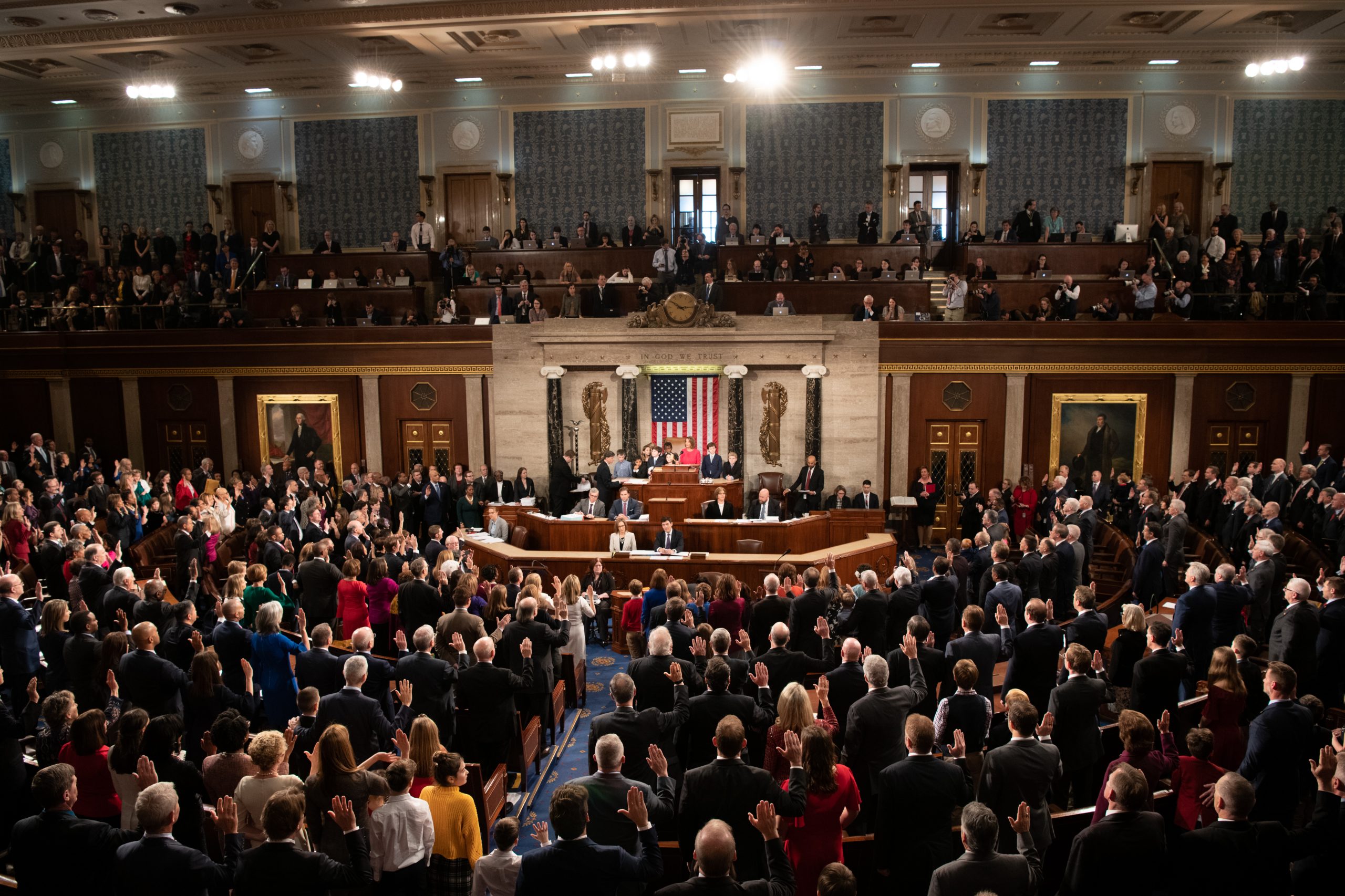
434 lawmakers, including 89 new freshman Members, were sworn in to the 116th Congress on January 3, 2019. Photo by Phi Nguyen.
A BILL: To amend the Internal Revenue Code of 1986 to provide for collegiate housing and infrastructure grants.

This content is accessible to paid subscribers. To view it please enter your password below or send mike@standardsmichigan.com a request for subscription details.
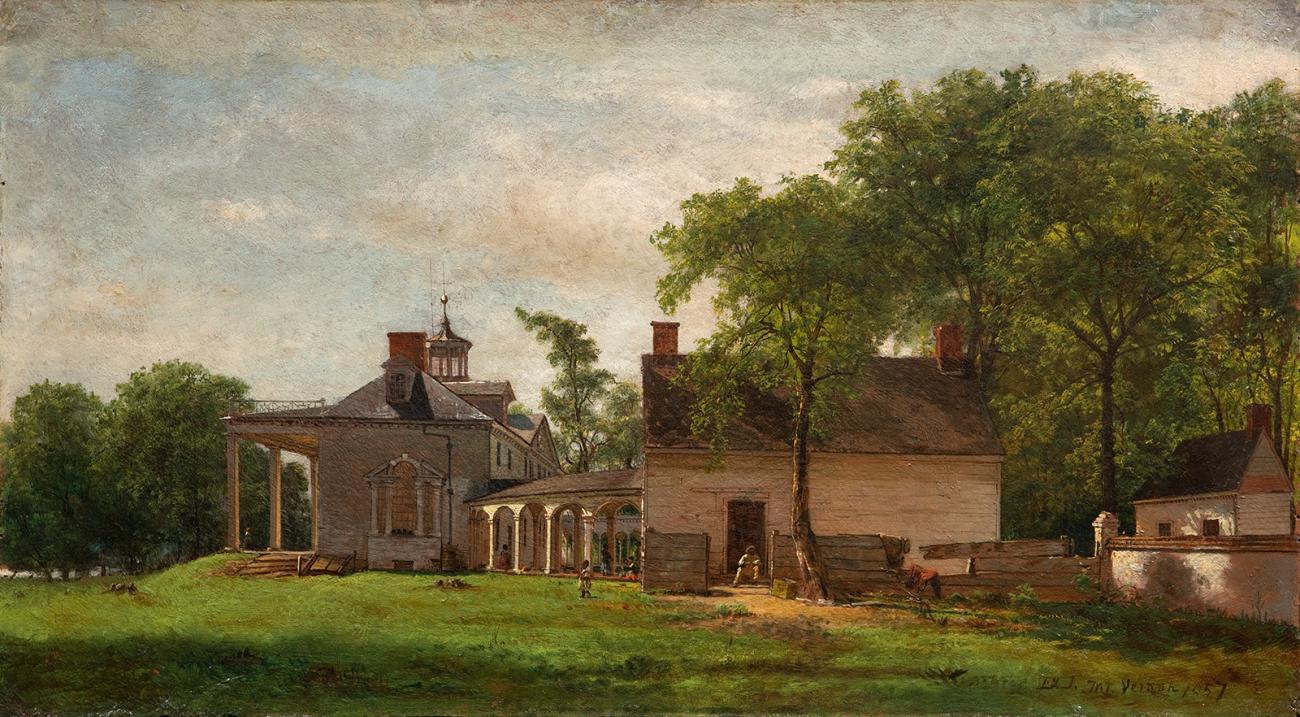
“The Old Mount Vernon” 1857 Eastman Johnson | Smithsonian Institution | Photo Courtesy of the Mount Vernon Ladies’ Association
“In fiscal year 2018, the Department of Homeland Security (DHS or the Department) admitted over 2 million foreign nationals into the United States in the F academic student, J exchange visitor, and I representatives of foreign information media nonimmigrant categories. This is a testament to the United States’ exceptional academic institutions, cutting-edge technology, and environment that promotes the exchange of ideas, research, and mutual enrichment…”
Comments due October 26th.
Sample public comment:
This content is accessible to paid subscribers. To view it please enter your password below or send mike@standardsmichigan.com a request for subscription details.
![]()
The Michigan Public Service Commission is reminding Michigan families about the State of Michigan and Connected Nation Michigan’s statewide map of Wi-Fi hotspots for families who lack internet access at home. For many Michigan schoolchildren, this is back-to-school week, with the COVID-19 pandemic leading many school districts to educate children remotely from home.
This content is accessible to paid subscribers. To view it please enter your password below or send mike@standardsmichigan.com a request for subscription details.
As we explain in our ABOUT, we are continuing the development of the cadre of “code writers and vote-getters” begun at the University of Michigan in 1993. We are now drilling down into state and local adaptations of nationally developed codes and standards that are incorporated by reference into public safety and sustainability legislation.
Standards Michigan remains the “free” home site but state-specific sites such as Standards New York will be accessible to user-interest code-writers and vote-getters. Please send bella@standardsmichigan.com a request to join one of our mailing lists appropriate to your interest for #SmartCampus standards action in the State of New York.
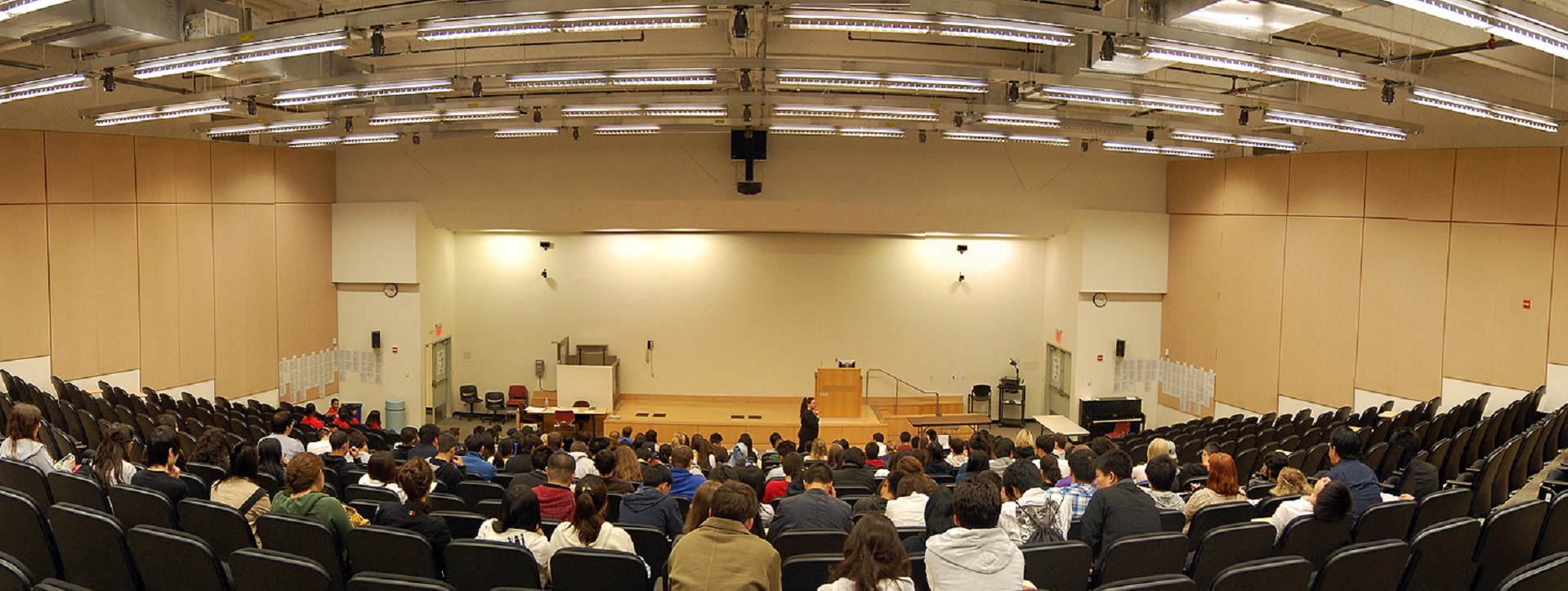
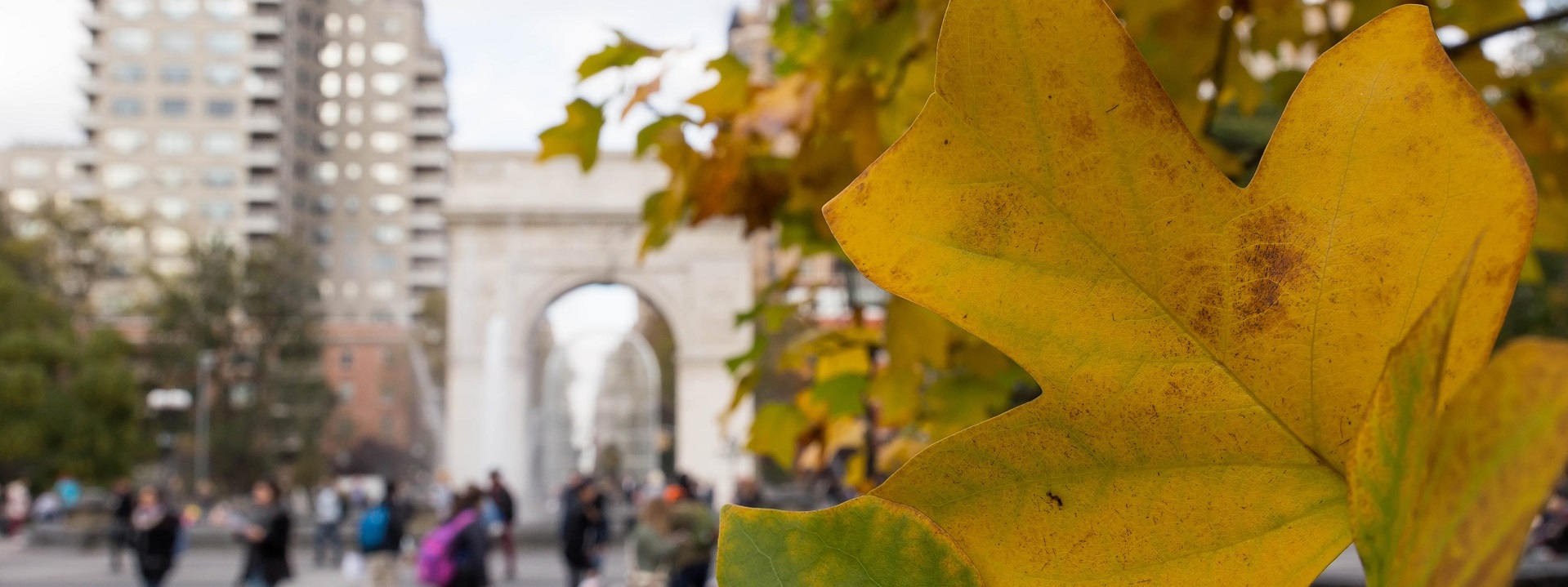
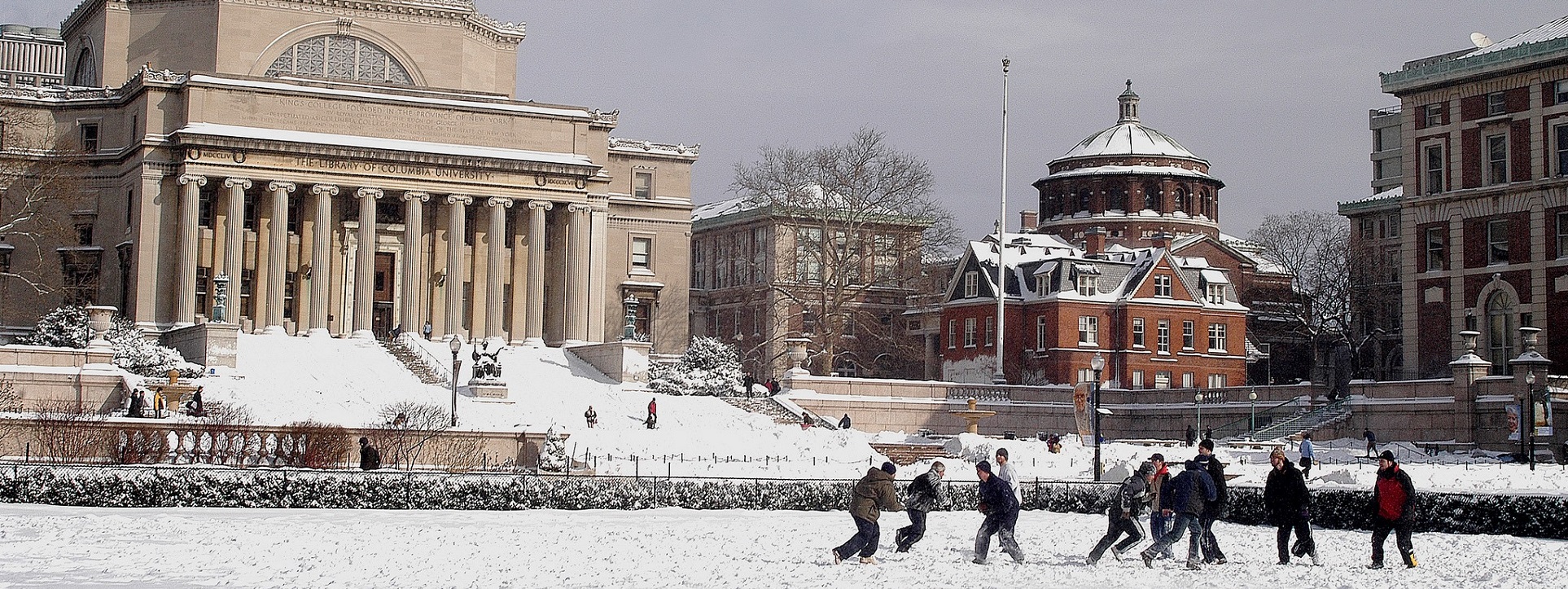
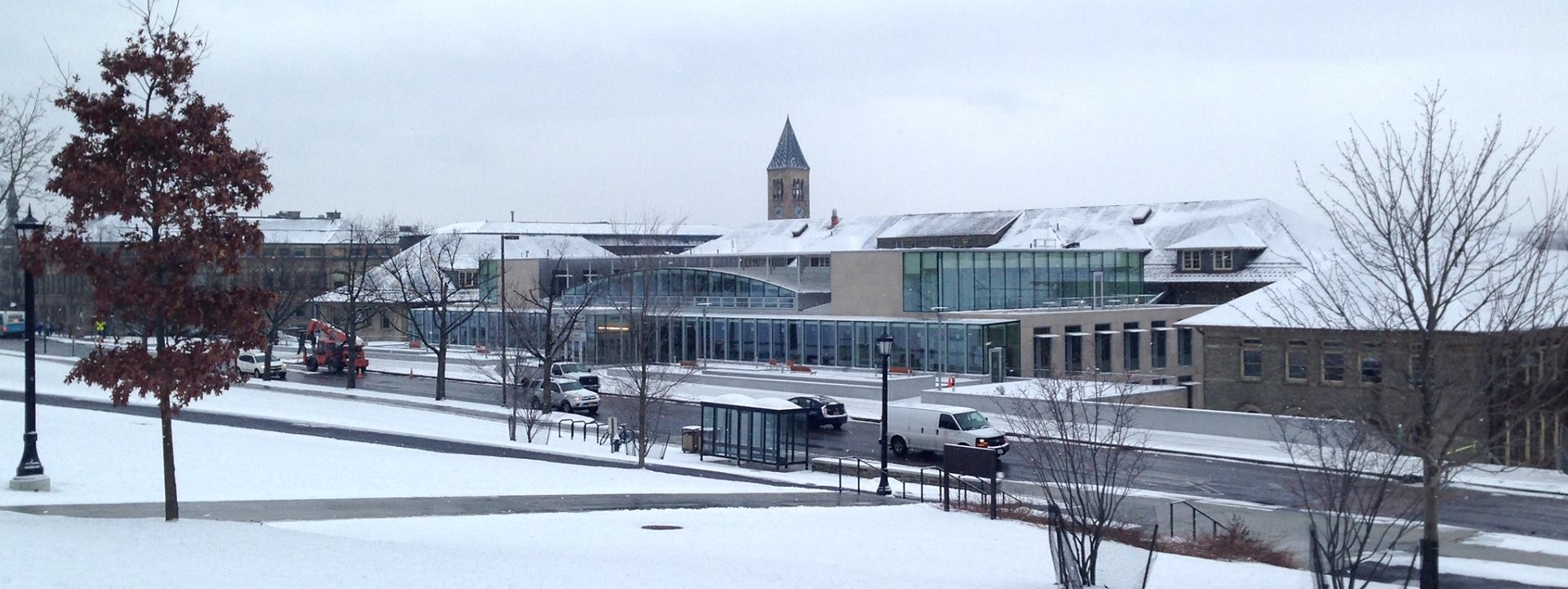

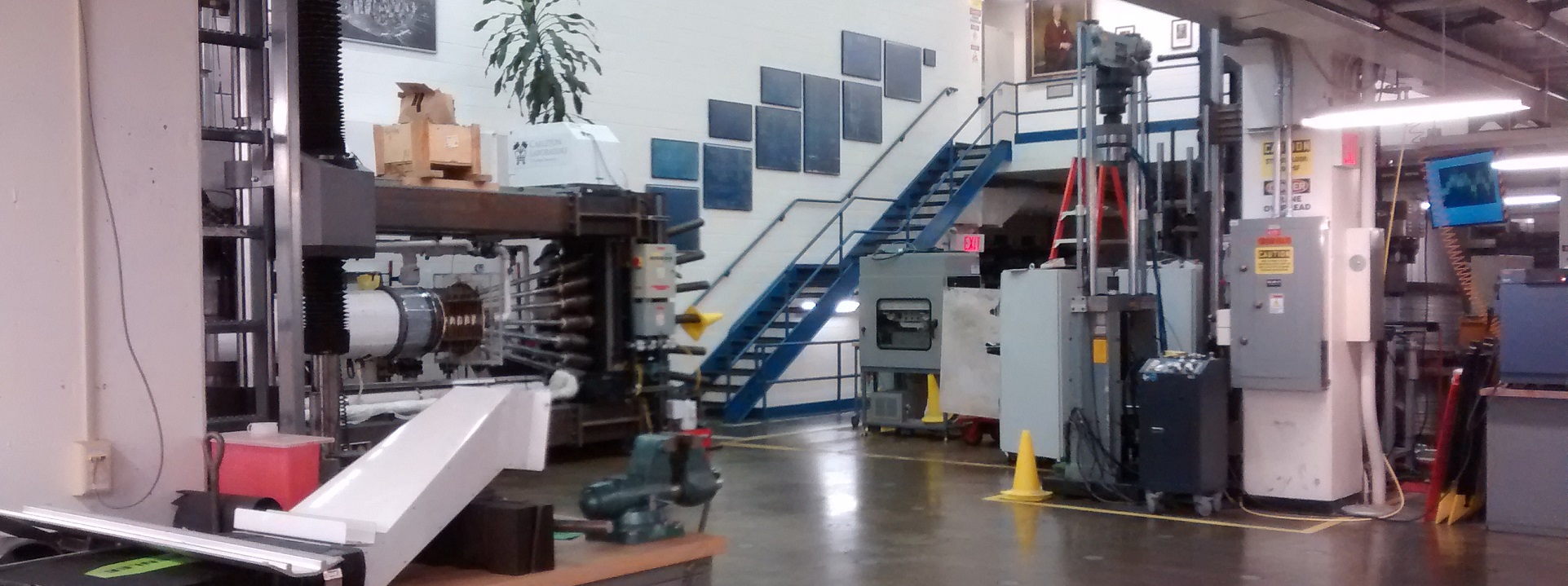
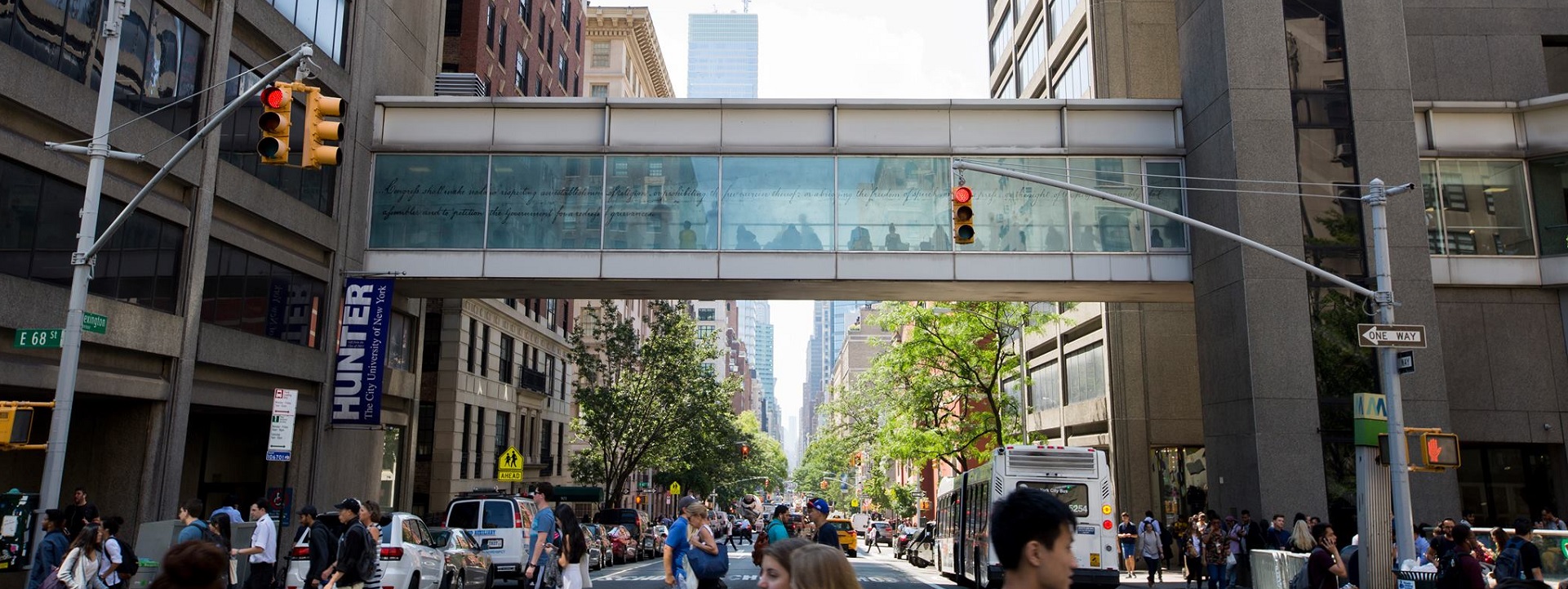
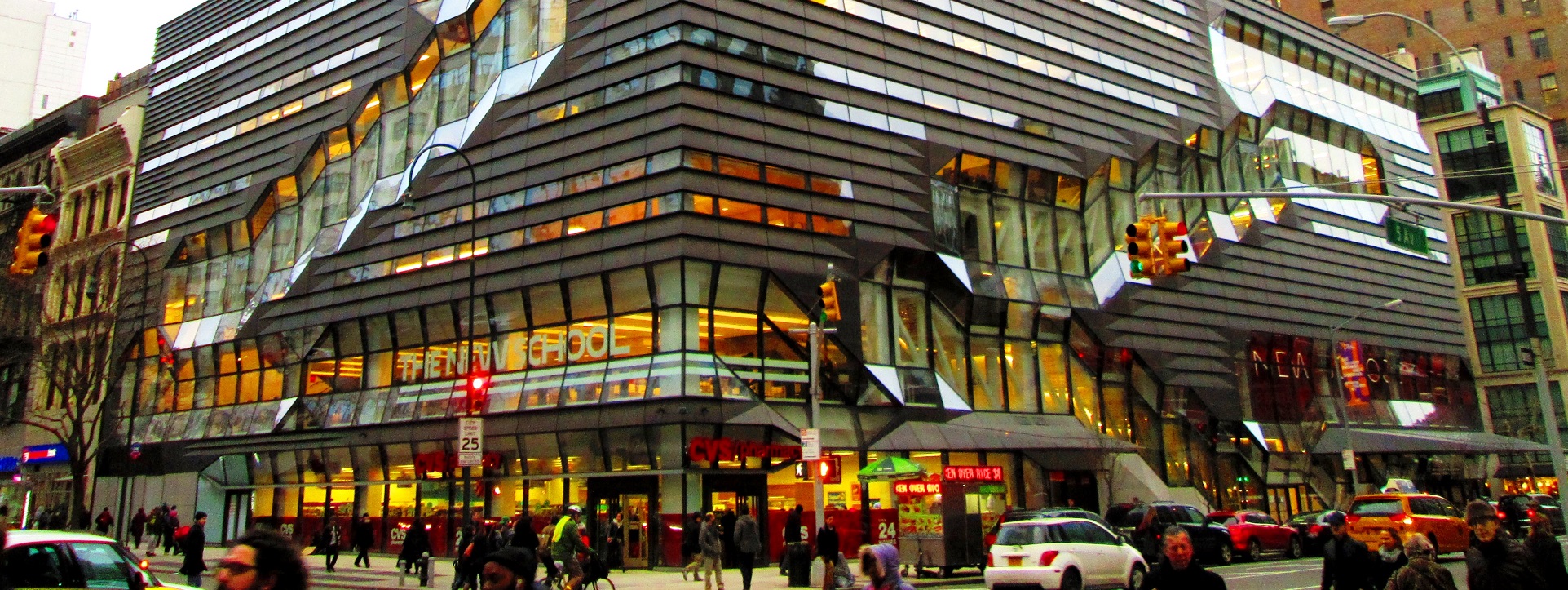
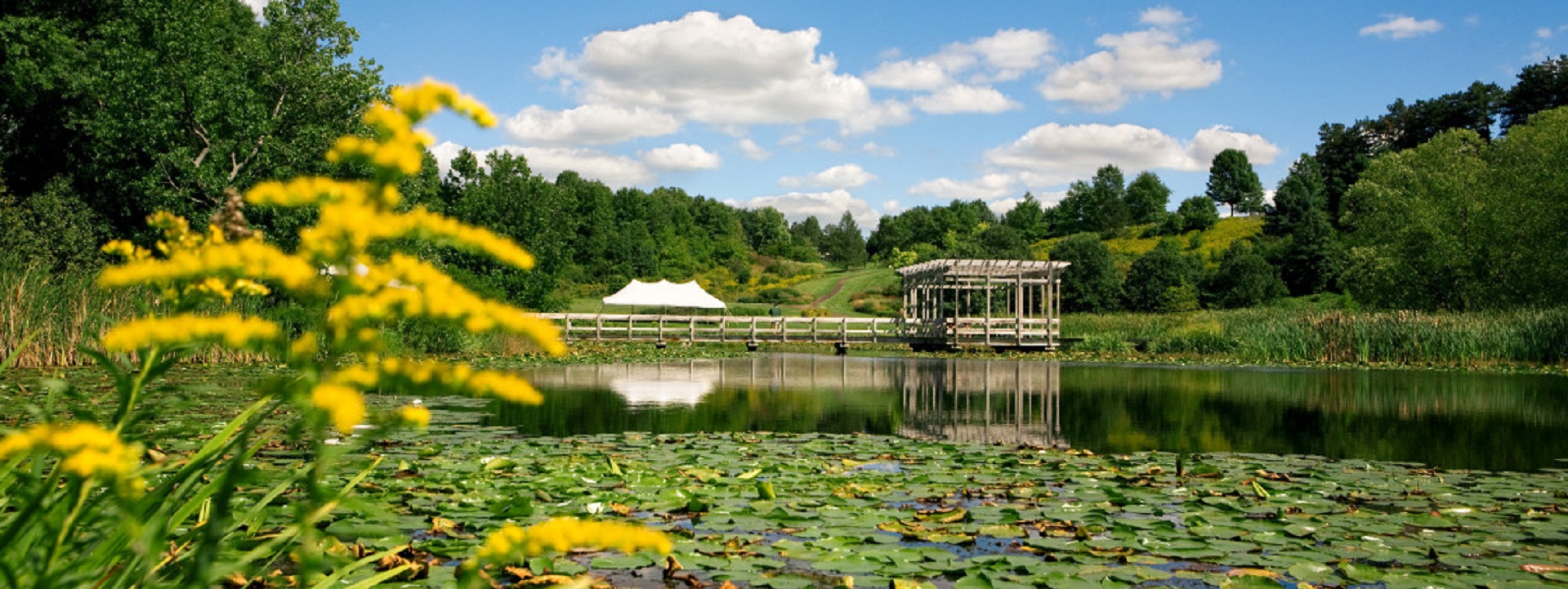

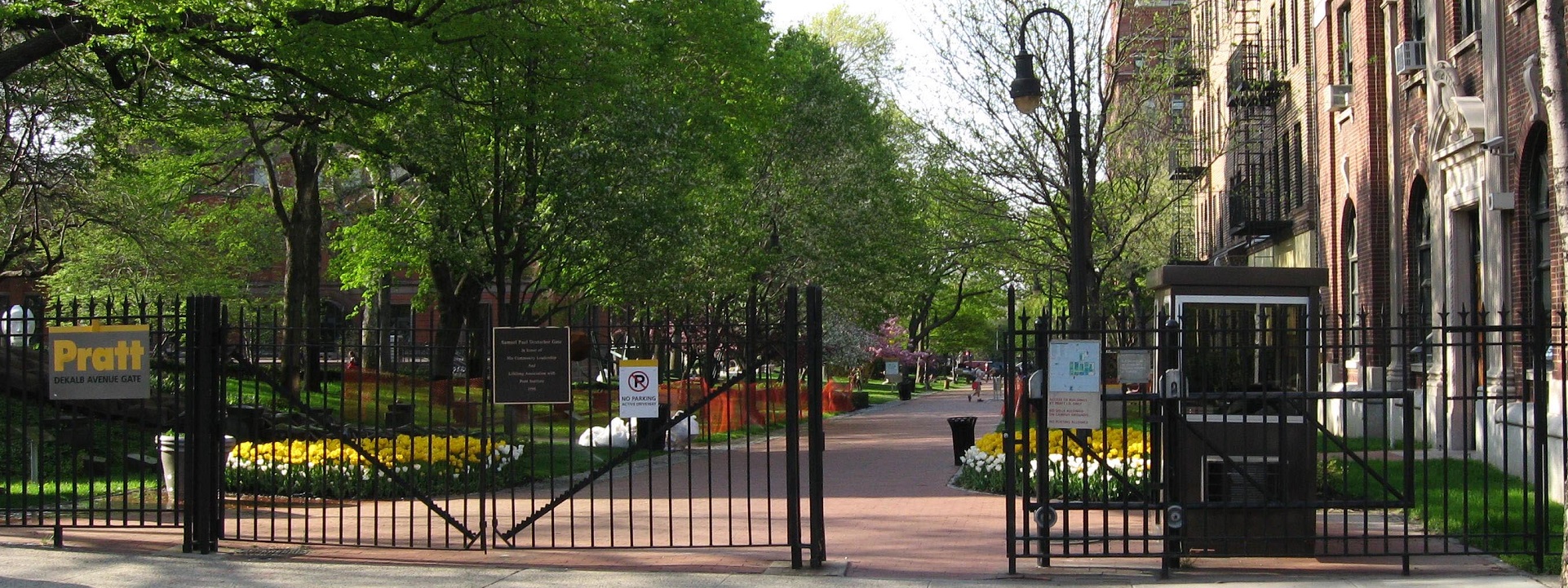
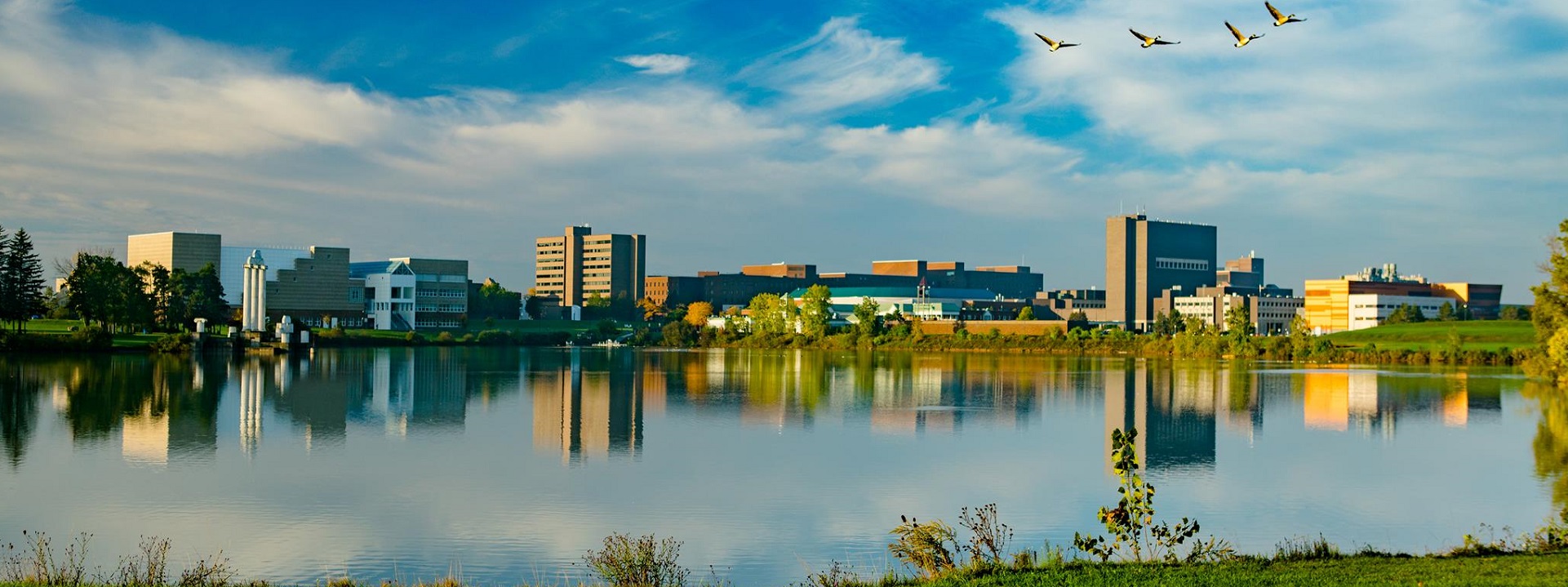
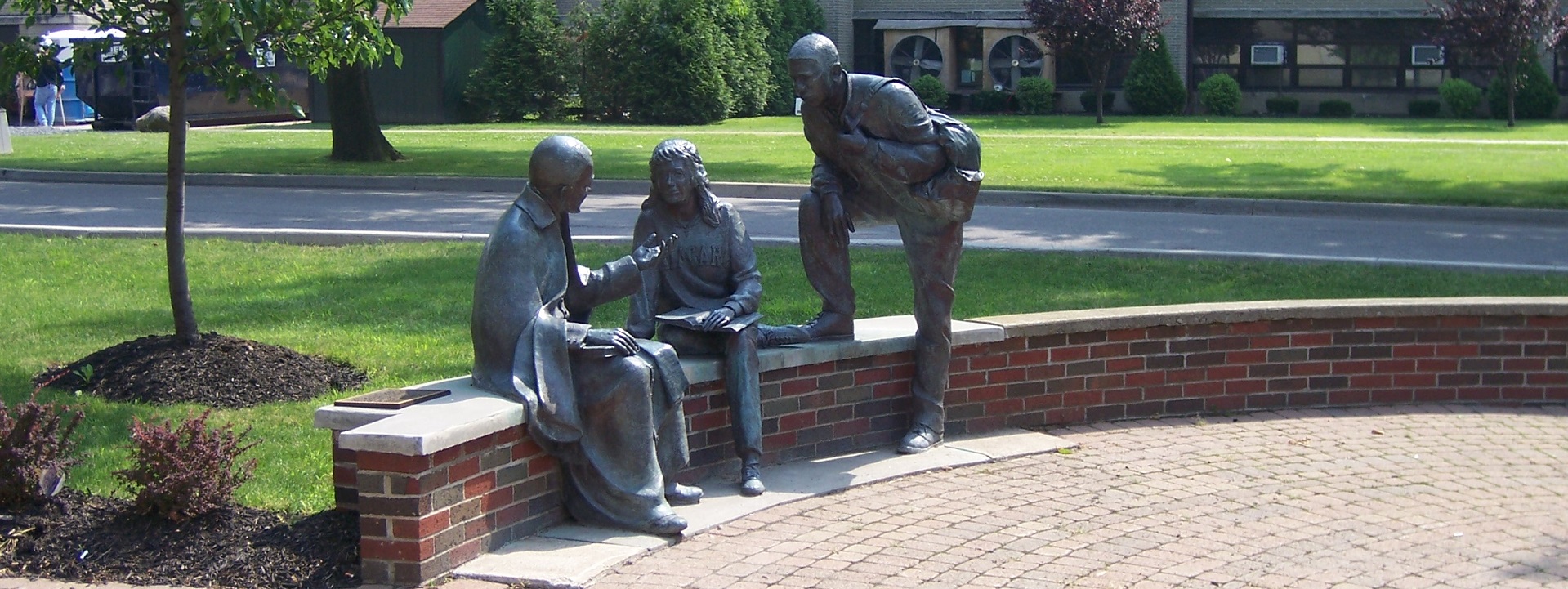
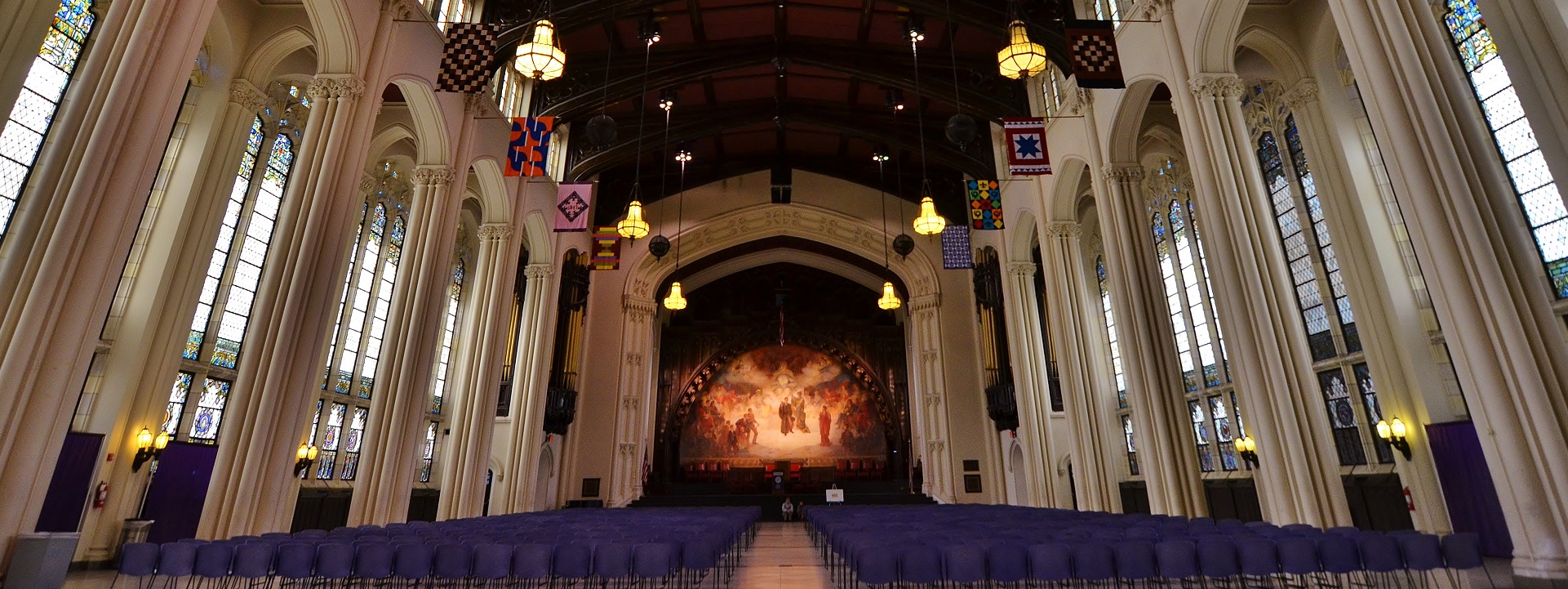
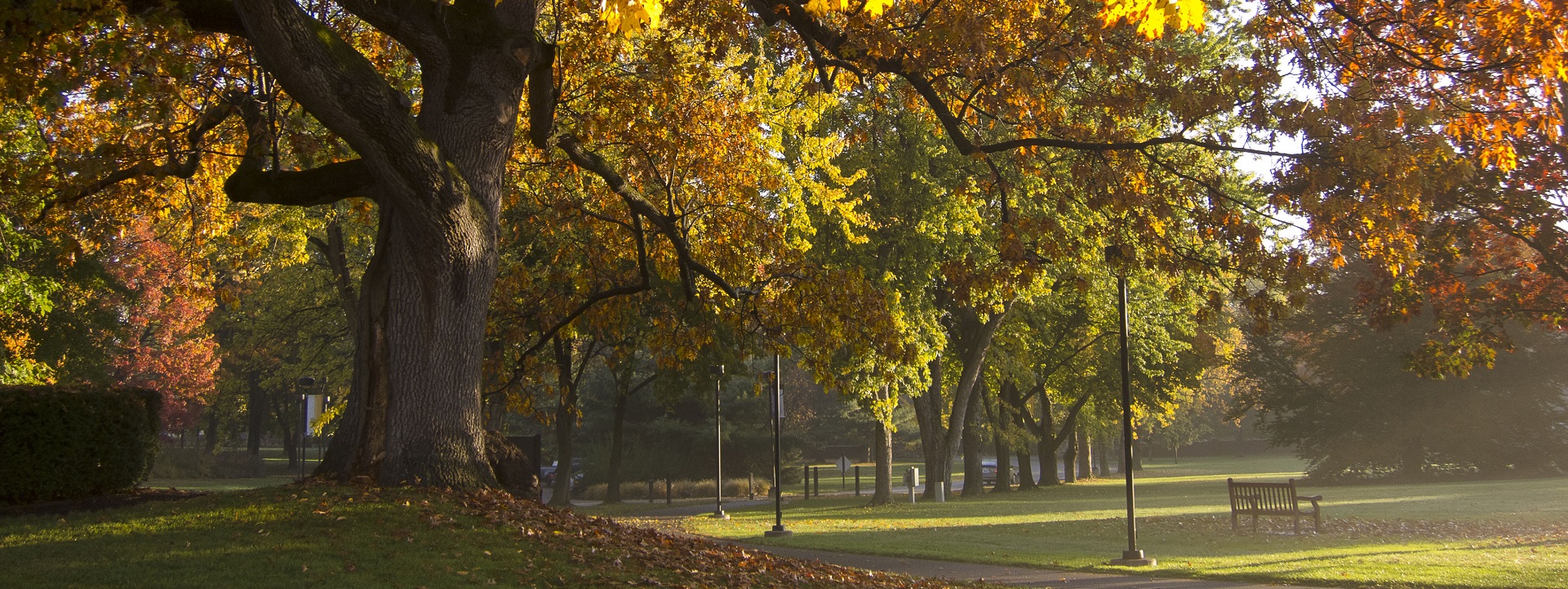
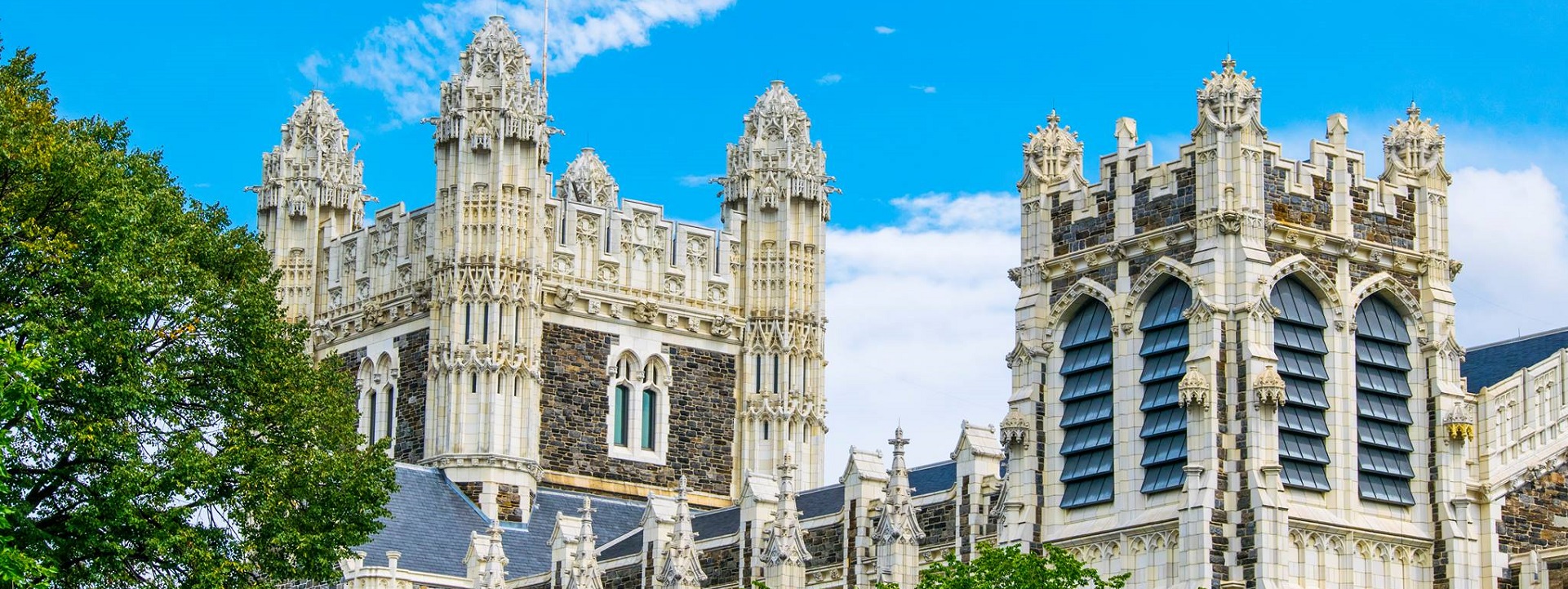
Electronic Municipal Market Access / New York
Lovely 1873 view of New York. Source: https://t.co/rixNirgB8S pic.twitter.com/tQz6SsXUv9
— Simon Kuestenmacher (@simongerman600) January 27, 2025
This content is accessible to paid subscribers. To view it please enter your password below or send mike@standardsmichigan.com a request for subscription details.
This content is accessible to paid subscribers. To view it please enter your password below or send mike@standardsmichigan.com a request for subscription details.
New update alert! The 2022 update to the Trademark Assignment Dataset is now available online. Find 1.29 million trademark assignments, involving 2.28 million unique trademark properties issued by the USPTO between March 1952 and January 2023: https://t.co/njrDAbSpwB pic.twitter.com/GkAXrHoQ9T
— USPTO (@uspto) July 13, 2023
Standards Michigan Group, LLC
2723 South State Street | Suite 150
Ann Arbor, MI 48104 USA
888-746-3670
